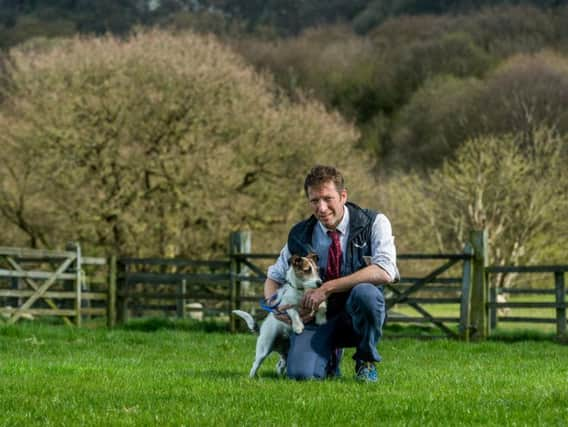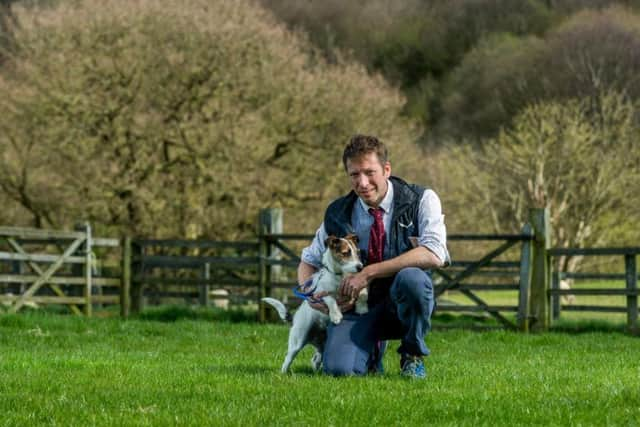Yorkshire vet Julian Norton operates on pregnant cat with broken leg
This article contains affiliate links. We may earn a small commission on items purchased through this article, but that does not affect our editorial judgement.


This wasn’t the dilemma – the broken bone clearly needed to be fixed and the X-rays showed that this would be a simple enough job. Cats’ legs are often relatively easy to repair. The bones are quite straight and heal quickly, and cats tend to tolerate injuries well, without feeling sorry for themselves.
There are occasions when we happen to treat stray or feral cats, who have suffered car accidents earlier in their life and have horribly deformed legs, where fractures have healed naturally, without any veterinary intervention.
Advertisement
Hide AdAdvertisement
Hide AdWhilst this is not a good thing, it serves to highlight the point that cats have an amazing knack of repairing themselves.


This particular fracture would not be one that would repair properly without intervention, though. The front leg hung limp and floppy. The complicating factor was that the young cat was pregnant, so there was much more at stake than just repairing a floppy leg.
But, there was no way we could postpone surgery until after the kittens had been born – the quicker a fractured bone is stabilised, the quicker the pain is alleviated. Stability is the best painkiller for a broken bone, whether this takes the form of an emergency supporting bandage, a splint, a cast or a repair with internal metalwork.
Advertisement
Hide AdAdvertisement
Hide Ad

We needed to minimise any anaesthetic risk to the unborn kittens, so I made my plan, organised myself and got everything ready to make sure the surgery went smoothly. I needed to be quick, efficient and careful.
I am not a brilliant orthopaedic surgeon – I’m certainly no ‘Super Vet’ – and my efforts with drills and screwdrivers around the house are functional rather than accomplished (and Anne always looks worried when I reach for the toolbox), but I relish the challenge of restoring function to a broken leg.
Advertisement
Hide AdAdvertisement
Hide AdI set about the task with vigour, explaining as I went along what I was doing and why I was doing it to our vet student and anyone else who was interested. The fractured ends came together well and normal rigidity was quickly restored.
I took a final X-ray to confirm everything was back in line, and then sutured the muscle layers and skin, happy with the outcome. I felt confident the bones would heal, but we still had to cross our fingers for the baby kittens. Once we had applied a bandage, to protect the suture line and add some extra support, little Smokey was ready to go home. She would need a few bandage changes over the next few weeks, as well as suture removal, so I scheduled some follow-up appointments.
Everything went well. Smokey was soon free of her stitches and then her bandages and her pregnancy seemed to be progressing according to plan. So, when her name appeared on the appointment list a few weeks later, I was worried that something had gone wrong. Had the pin moved? Was it encroaching on the adjacent joints? Was Smokey lame again?
I called Smokey and her owners into the consulting room. “Is everything alright?” I asked, cautiously.
Advertisement
Hide AdAdvertisement
Hide Ad“Everything is absolutely fine,” nodded her owners. “She’s doing very well. Her leg has healed a treat, but we’ve brought her back.” They lifted the lid off her plastic cat-carrier and continued. “We thought you’d like to see these!”
Inside the box was Smokey, sound and solid of leg, sitting proudly next to a pile of little, fluffy kittens. It was another happy day in the clinic.